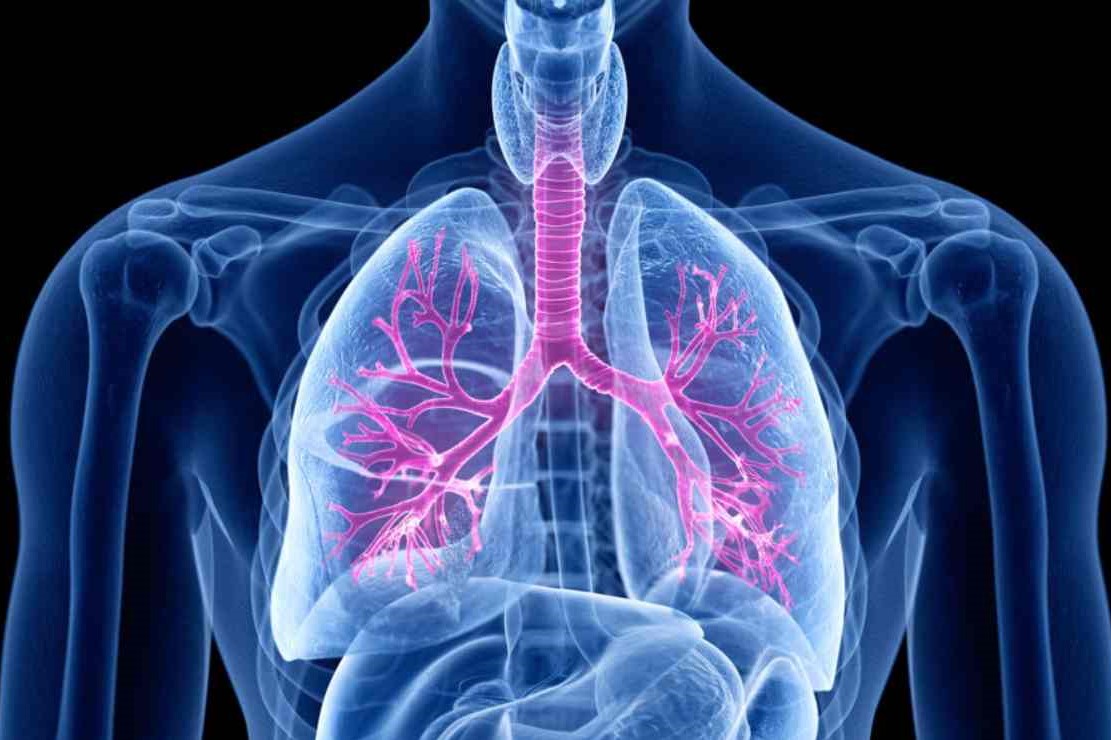
Acute bronchitis: what are the symptoms, how long does the cough last and how to treat it
Acute bronchitis is usually viral, affects the bronchi in particular and is manifested mainly by coughing
Bronchitis is an inflammation of the mucous membrane of the airways and in particular the bronchi, which carry air from the trachea to the more peripheral parts of the lung.
This disease could be defined as seasonal as it is much more frequent during the cold season.
This characteristic is determined by the low temperatures that force children to spend more hours indoors and, of course, by their attendance at school.
Very often acute bronchitis in children is of a viral infectious nature and does not require antibiotic treatment.
Bronchitis is a fairly common illness in children and, fortunately, in most cases it resolves without problems.
Immunologically fragile children or children with other associated diseases may experience complications.
In such cases, the paediatrician should assess whether a specialist pneumological examination is useful or necessary.
In some cases, for example in children with allergies or a family history of asthma, bronchitis may be associated with bronchospasm, i.e. narrowing of the airways, and breathing difficulties.
Acute bronchitis is not a worrying problem in children, but in cases where it recurs frequently or the symptoms last for a long time, the treating paediatrician will have to assess whether a specialist pulmonary examination may be useful or necessary.
CHILD HEALTH: LEARN MORE ABOUT MEDICHILD BY VISITING THE BOOTH AT EMERGENCY EXPO
What are the causes of acute bronchitis and how is it transmitted?
Acute bronchitis is generally caused by an infection, most frequently viral (and not bacterial) in nature.
Some of the viruses most often involved are the influenza and parainfluenza viruses, typical of the winter season, Rhinovirus and Adenovirus.
Sometimes the cause is a bacterial infection and bacteria may infect the airways following a recent viral infection.
Mycoplasma pneumoniae, Chlamydia pneumoniae and Bordetella pertussis (which causes whooping cough) are among the bacteria that can cause acute bronchitis.
Exposure to irritants, such as smoke or smog, can also inflame the airways, causing symptoms similar to those of acute bronchitis.
Viral or bacterial bronchitis is transmitted by air, either through droplets of saliva or mucus that the infected person releases into the air when talking, sneezing or coughing, or through contact with infected hands or objects.
What are the symptoms?
The most characteristic symptom of acute bronchitis is coughing, but there may be typical symptoms of an upper respiratory tract infection such as a runny nose, sore throat, malaise and fever.
Fever may or may not be present.
The cough is predominantly dry at first, but then tends to become oily, accompanied by the production of sputum (phlegm), which may vary from clear to yellowish in colour.
In some cases, especially – but not exclusively – in children with an allergic/asthmatic family history, bronchitis may be associated with bronchospasm, resulting in wheezing.
Recovery time can be rapid, but in some cases the cough may persist for a long time (2-3 weeks or more), even after the child has recovered.
Acute bronchitis: how is it diagnosed?
The diagnosis of acute bronchitis is based on a careful collection of the child’s medical history and an equally careful examination.
In particular, listening to the lungs with the phonendoscope is important to exclude the presence of bronchospasm and to decide on the best treatment.
In most children it is not necessary to take a chest X-ray, which can be reserved for complicated or doubtful cases.
How is it treated?
As these are often viral infections, antibiotics are not needed in most cases.
Antibiotics may be prescribed by the paediatrician if a bacterial overinfection is suspected, such as when a high fever persists or when coughing or secretions worsen.
Sometimes inhalation therapy is prescribed to facilitate fluidification of secretions or bronchodilators are administered in cases with bronchospasm.
Cough suppressants are generally not recommended for children with acute bronchitis, because coughing is an important defence mechanism of the body and therefore should not be blocked.
If a high fever is present (above 38°C) the paediatrician may prescribe an antipyretic such as paracetamol.
Together with the therapy for acute bronchitis, especially if associated with fever, it is recommended that the child drink plenty of water.
Read Also:
Emergency Live Even More…Live: Download The New Free App Of Your Newspaper For IOS And Android
Bronchiolitis: Symptoms, Diagnosis, Treatment
Chest Pain In Children: How To Assess It, What Causes It
Bronchoscopy: Ambu Set New Standards For Single-Use Endoscope
Child Health: An Interview With Beatrice Grassi, Creator Of Medichild


